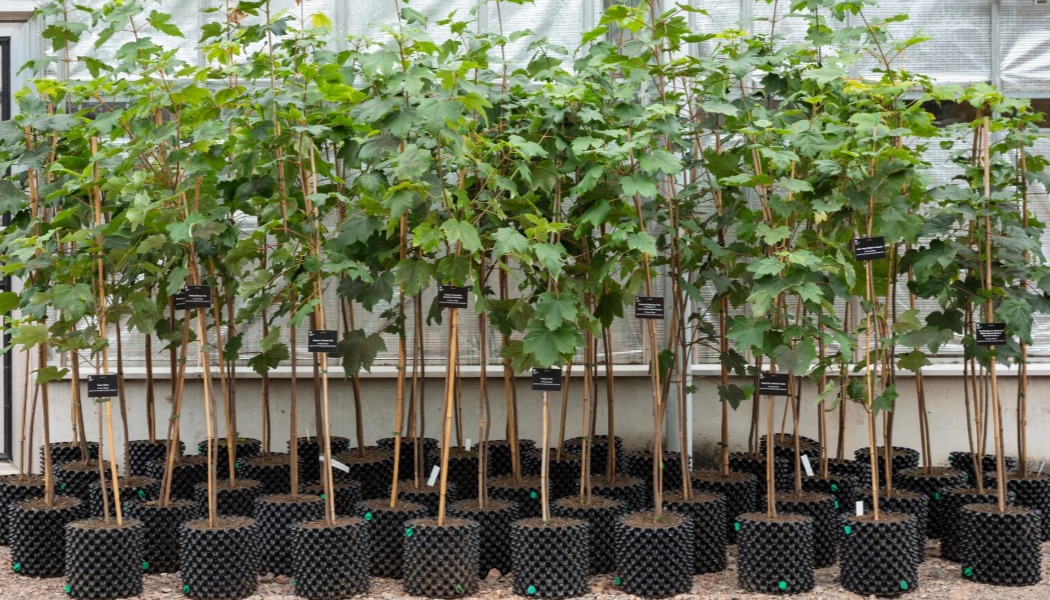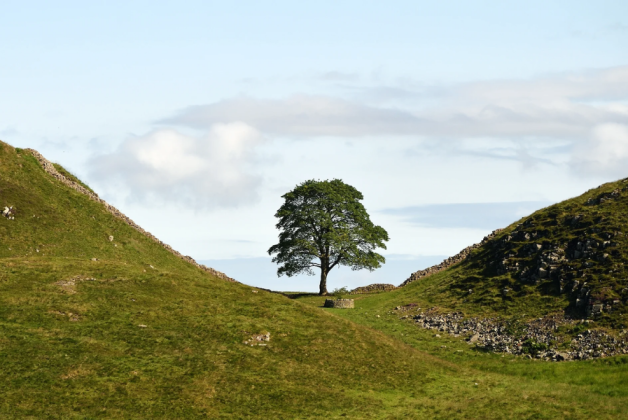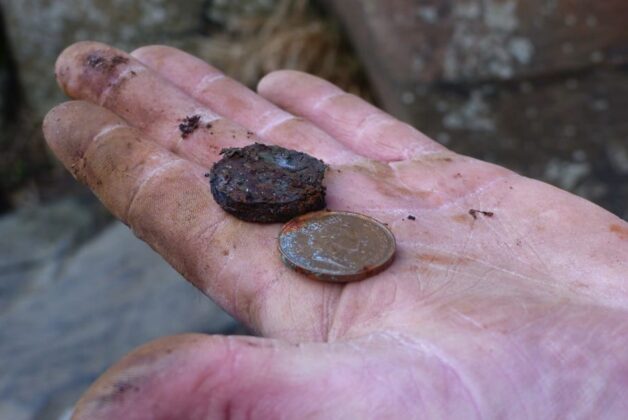Alistair Hardaker
Image: The 49 'Trees of Hope' saplings from the Sycamore Gap tree © National Trust Images/ James Dobson
National Trust begins distribution of 49 saplings grown from illegally felled tree to communities across UK
The National Trust has begun distributing 49 saplings grown from the felled Sycamore Gap tree.
The first plantings began on 22 November to mark the start of National Tree Week. The saplings were grown from seeds rescued from the illegally felled tree as part of the charity’s ‘Trees of Hope’ initiative, which was launched last September to find homes for the young trees.
The initiative received nearly 500 applications for the 49 saplings, with one sapling representing each foot in height that the tree measured at the time of felling.
The saplings, now between 4 and 6 feet tall, were cultivated at the National Trust’s Plant Conservation Centre and will be planted in publicly accessible spaces across the UK.
The very first sapling grown from the Sycamore Gap tree was gifted to His Majesty The King last summer and this tree will be planted for the nation at a later date.
Hilary McGrady, Director General of the National Trust, said: “It was the quick thinking of our conservationists in the aftermath of the felling that has allowed the Sycamore Gap tree to live on.”
The first planting locations in publicly accessible spaces include The Tree Sanctuary in Coventry, a site commemorating the Minnie Pit mining disaster in Staffordshire, and Greenham Common in Berkshire, which reopened to the public in 2000 following decades of military use.
Additional saplings will be planted this the week at The Rob Burrow Centre for Motor Neurone Disease at Seacroft Hospital in Leeds, Hexham General Hospital in Northumberland, and Veterans in Crisis in Sunderland.
Andrew Poad, General Manager for the National Trust’s Hadrian Wall properties said: “To be able to keep the story of the Sycamore Gap alive in all four corners of the UK and in so many different settings is a fitting tribute, and we hope that, just like the original tree, these young saplings will touch many people’s lives.”
A further 15 saplings will be planted in each of the UK’s National Parks, including Northumberland National Park where the original tree stood, in early 2026.




